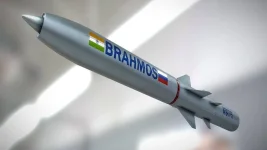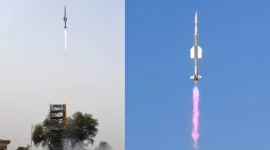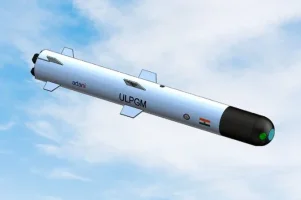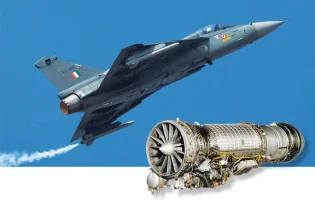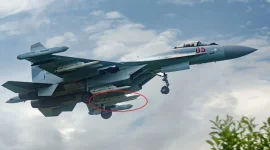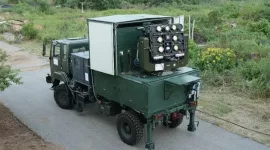- Views: 2K
- Replies: 13
India's indigenous defence capabilities have taken a major leap forward with the successful test of a new lightweight anti-tank guided missile.
The Defence Research and Development Organisation (DRDO) has confirmed the successful trial of its third-generation Ultra-Light Precision Guided Munition (ULPGM V3), an advanced missile launched from a simple quadcopter drone.
Following this milestone, the missile, which currently has a range of 10 kilometres, is now being prepared for integration onto larger military aircraft, including attack helicopters and long-range unmanned aerial vehicles (UAVs).
The ULPGM was initially designed as a low-cost, air-launched weapon capable of being fired from small, tactical drones.
During trials, it effectively demonstrated its ability to destroy armoured targets, such as Main Battle Tanks (MBTs) and Armoured Personnel Carriers (APCs), using a specialised top-attack mode which targets the weakest part of a tank's armour.
Its lightweight design and affordability make it an ideal weapon for modern warfare, allowing for widespread use and potential saturation attacks against enemy formations without deploying more expensive, heavy-duty missiles.
To expand its use, the DRDO is developing a specialised pod system to mount the missiles on attack helicopters. This plan involves fitting a single pod with 8 to 12 ULPGM missiles.
An attack helicopter, such as India's indigenous HAL 'Prachand' or 'Rudra', could carry two such pods, enabling it to engage up to 24 separate targets in a single mission.
This massive increase in firepower would provide helicopter crews with greater flexibility to strike both armoured and unarmoured targets from a safe distance, a critical advantage in high-threat combat zones.
In addition to helicopters, the missile is being adapted for India's larger drone fleet.
The integration process is already underway for Medium Altitude Long Endurance (MALE) and High Altitude Long Endurance (HALE) UAVs, such as the indigenously developed TAPAS-BH-201 and the recently acquired MQ-9B Predator drones.
Equipping these long-range drones with the ULPGM will allow the Indian Armed Forces to conduct precision strikes deep inside enemy territory, eliminating high-value targets without risking the lives of pilots.
Looking to the future, the DRDO is already working on an enhanced version of the ULPGM. This next variant is projected to have an extended strike range of up to 18 kilometres.
This significant upgrade will further increase the operational flexibility and standoff engagement capability of India's aerial platforms, reinforcing the nation's commitment to developing advanced, self-reliant defence technologies.

